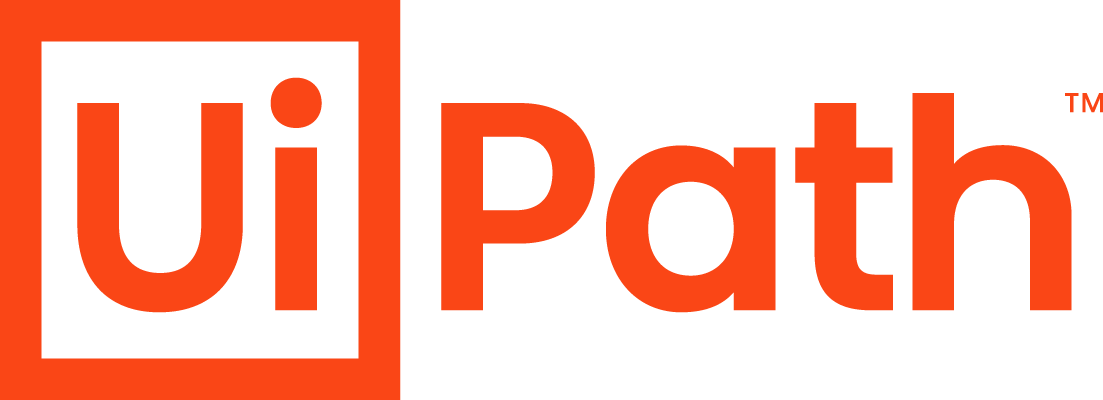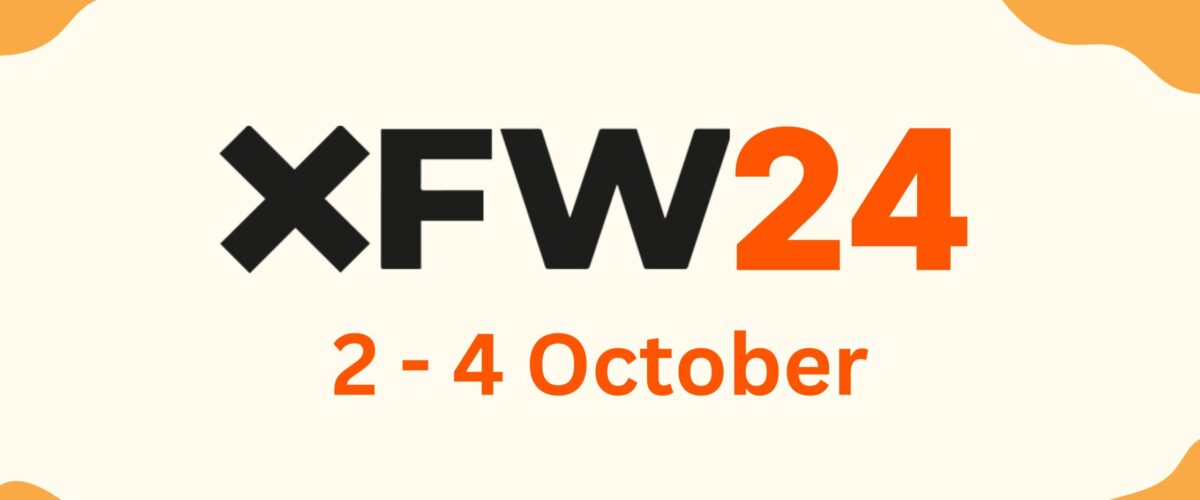When software robots can reason over data and use artificial intelligence (AI) to make decisions, you unlock new possibilities that transform RPA—and entire industries. You can reach new levels of productivity, bring in a new era of work that is more fulfilling, and expand automation into all sorts of new areas.
Instead of extracting structured data, AI-enhanced robots can now process semi-structured and unstructured data. They can mine processes and tasks, turn speech to text, classify emails, and assist humans with use cases that are probabilistic and have a lot of variables. Financial Services organizations are front-runners of digital transformation initiatives. They are leveraging RPA and AI to speed up compliance, increase operational efficiency, and deliver enhanced customer experiences. This eBook reveals some of the most popular AI use cases in Financial Services.
Adverse News Screening Living Expense Assessment
The challenge
As an integral part of risk management and customer due diligence assessment process, financial institutions gather and analyze adverse media mentions of their customers. In case of any credible mention of criminal or suspicious activities, they need to perform detailed analysis. The process is lengthy, error-prone, and requires manual searches and validation.
The traditional solution
Traditional negative news screening solutions, a lot of which are rule-based, only offer “string matching” and hence often leads to high incidence of false positives. And these solutions are not intelligent enough to prioritize or rank the alerts. Financial organizations end up expending lot of manual effort to sift through all the alerts.
The UiPath solution
UiPath Document Understanding extracts results from internal and third-party news sources, classifies (and ranks) news items into potential criminal (e.g. terrorism, money laundering, arrests, lawsuits etc.) categories with confidence scores. Additionally, it extracts relevant passages from the articles for easy reference.
Living Expense Assessment
The challenge
Banks assess customers’ living expenses among a set of categories such as groceries, subscriptions, and gas in order to make a decision on loan applications.
The traditional solution
For each given account, they need to map a database of transactions pulled from multiple resources to an application, and then assess how much that account spends on each of the different categories. With that, they can evaluate an account’s spending compared to his or her income. The old way involves pulling data manually and the process was very time consuming.
The UiPath solution
To do that in a large scale (a bank might deal with thousands of applications), they need to use machine learning (ML) to predict what category each transaction belongs to. With UiPath AI Fabric, banks can quickly categorize transactions, generate a report and email it to relevant employees. Heritage Bank, Australia’s largest mutual bank, for example, categorized 90% of these transactions, with 98% accuracy. The old solution could only pick up 40-50% transactions and it requires lots of backend work. AI Fabric helped reduce backend work while improving customer and employee experience.
Find out more about UiPath here. Download the full article below:


